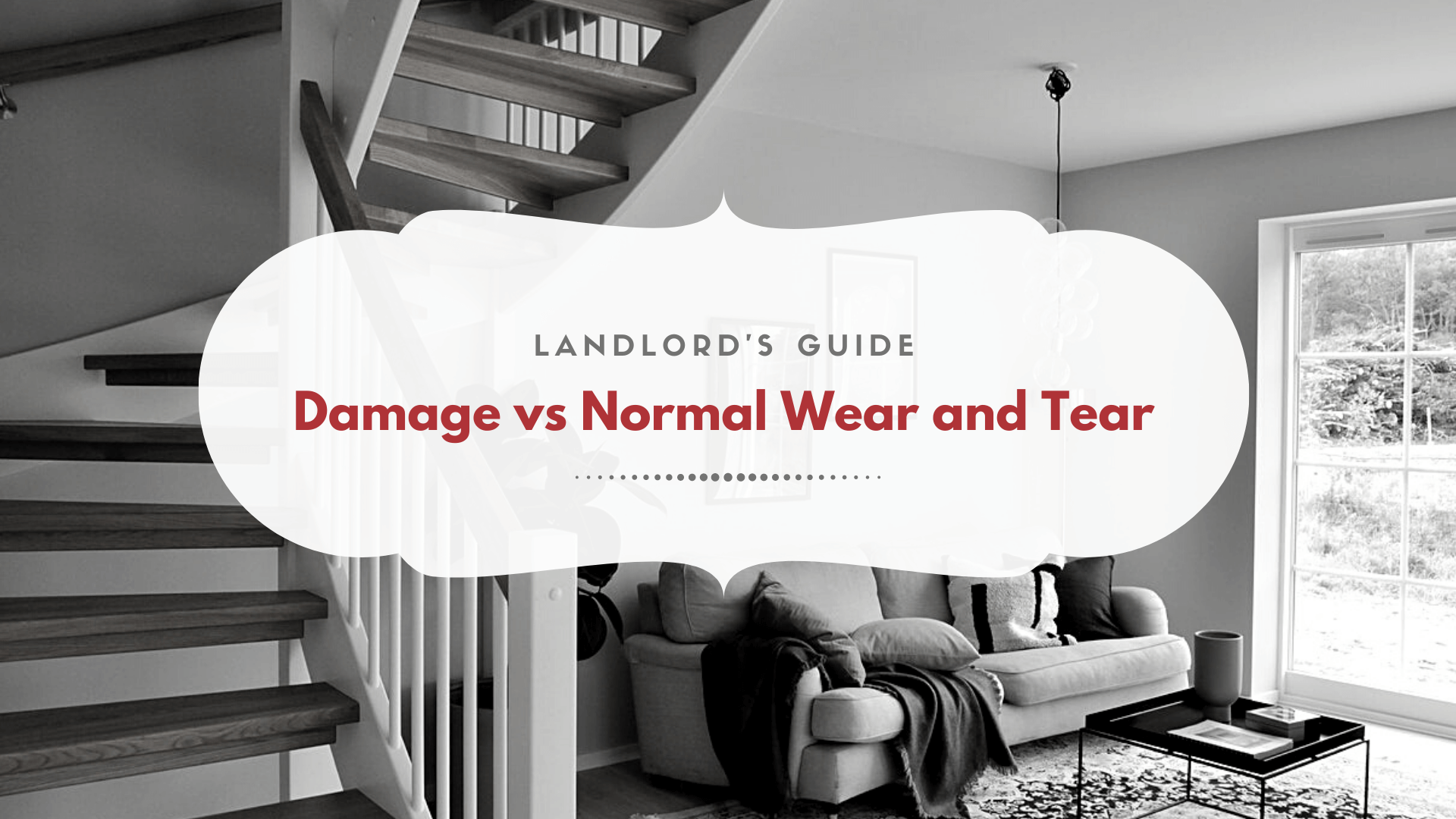In North Carolina, landlords have security deposit laws that must be followed when they’re renting out a Chapel Hill investment property. For example, there are limits to what you can collect and strict timelines to when you must return that money to your tenants. You may charge a tenant up to the equivalent of two months’ rent as a security deposit.
At the end of the lease term, you have 30 days to return the security deposit. If there’s damage at the home, however, and your claim against the deposit can’t be finalized within that time period because repairs have not yet been completed, you can send an interim accounting at the 30-day deadline and then a final accounting within 60 days of the tenancy’s termination.
While you are permitted to withhold money from the security deposit for damage, you cannot charge for normal wear and tear. The problem, of course, is that the definition of wear and tear is often subjective.
How do you know when you’re looking at general deterioration, and when does it become damage?
Defining Normal Wear and Tear in a Rental Property
Wear and tear is the general deterioration that happens to a property regardless of who is living there. The scuff marks on the wall where furniture was resting and the worn carpet in high traffic areas are going to happen. They’re expected.
Additional examples of normal wear and tear might include:
- Small nail holes in the walls from where pictures were hung.
- Loose grout between tiles, especially in the bathrooms.
- Doors or cupboards that have warped from humidity.
- Faded paint.
These are not things you would normally charge for when a tenant moves out and you’re preparing the property for a new resident.
Defining Property Damage in a Rental Home
Property damage can be done intentionally by your tenant, but most often it’s accidental. It clearly goes beyond wear and tear, and in order to use your security deposit funds to pay for it, you must be able to document that the property didn’t look like that when the tenant moved in. That’s why move-in inspection reports are so critical.
Examples of property damage may include:
- Large holes in the walls or floors.
- Changes to the property, such as different paint colors that were not preapproved.
- Tears, stains, or holes in carpet.
- Water stains on wood floors.
- Broken appliances, doors, or windows due to abuse.
- Missing or cracked bathroom tiles and mirrors.
When you’re withholding money from the security deposit to pay for these things, document the amount you’re spending and why. You’ll need to provide an itemized list to your tenant.
Avoiding Tenant Disputes over the Security Deposit
Typically, most conflicts between landlords and tenants involve the security deposit. Tenants always expect to get their full deposit back, and they get upset if you keep any money to pay for damage to the property. This illustrates the need for good documentation.
You can avoid tenant disputes by taking exhaustive photos of the property before they move in. You’ll want to account for every wall, floor, ceiling, and surface. It’s hard to argue with photos. Make sure your inspection report is thorough, signed by the tenants, and filed away for the end of the lease term.
 No one likes to argue with tenants about wear and tear and damage. If you’d like some help ensuring you’re compliant with all security deposit laws, contact us at Real Estate Experts. We specialize in Chapel Hill property management and we also serve communities in Durham, Mebane, Hillsborough, North Chatham County, and Terri.
No one likes to argue with tenants about wear and tear and damage. If you’d like some help ensuring you’re compliant with all security deposit laws, contact us at Real Estate Experts. We specialize in Chapel Hill property management and we also serve communities in Durham, Mebane, Hillsborough, North Chatham County, and Terri.

